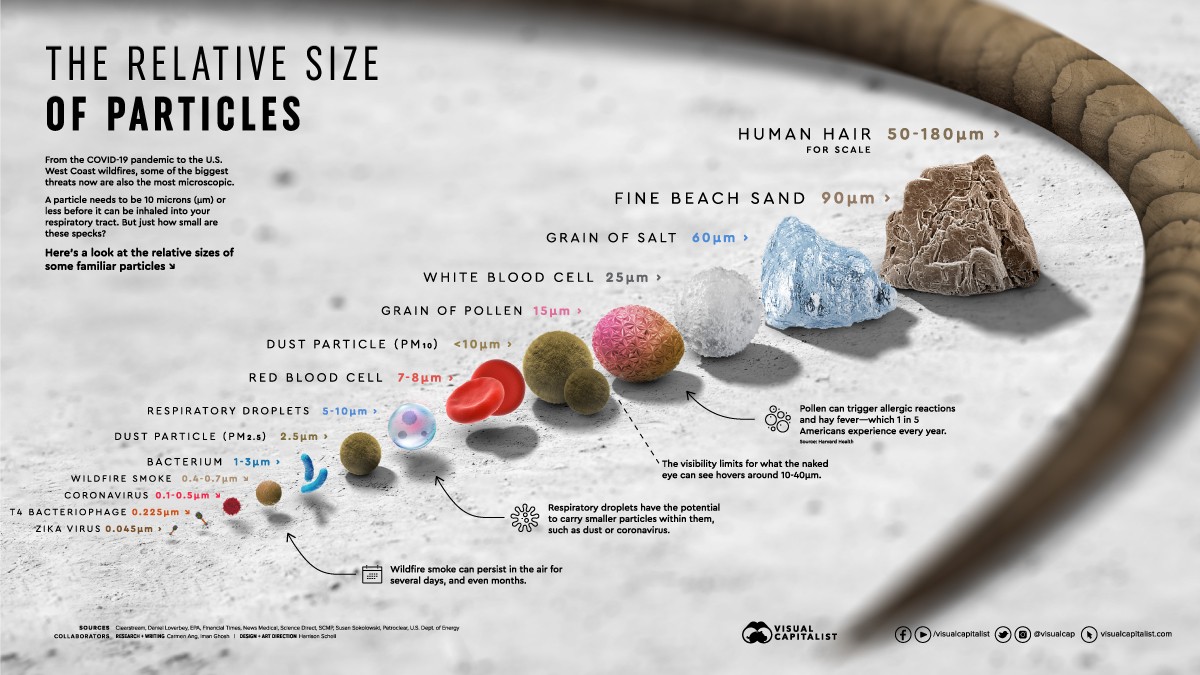Tackling Troublesome Airborne Particulates: Key Insights into Particulate Testing Methodologies
Oct 1, 2024
Introduction
Indoor Air Quality (IAQ) management in both residential and commercial environments is crucial for maintaining public health and safety. Troublesome airborne particulates, ranging from pollutants and allergens to infectious agents, can significantly affect indoor environments. This blog delves into the sophisticated methodologies employed by ARELabs to test the efficacy of technologies designed to reduce these airborne particulates.
The Importance of Airborne Particulate Reduction
Airborne particulates in indoor environments can exacerbate respiratory conditions, spread infectious diseases, and degrade air quality. Effective reduction of these particulates is essential for environments such as hospitals, schools, and office buildings where high air quality standards are mandatory.
Testing Methodology Overview
The methodology for testing particulate reduction technologies must be robust and comprehensive, ensuring that all variables are controlled and results are reliable.
Chamber Setup and Preparation
Testing is conducted in specially designed chambers that can be adjusted to simulate different indoor environmental conditions. Before testing begins, the chambers are thoroughly cleaned and sealed to establish a controlled baseline air quality.
Particulate Generation and Control
Particulates are introduced into the chamber using nebulizers or generators tailored to the size and type of particulate being tested. Control measurements are taken to establish the initial concentration of particulates without any reduction technology in operation.
Technology Deployment and Monitoring
The particulate reduction technology (such as an air purifier, HVAC filter, or antimicrobial aerosol) is activated within the chamber after the introduction of the particulate aerosol. Air samples are taken at regular intervals from various probes set up to sample inside the chamber to assess the distribution and concentration of particulates over time.
Data Collection and Analysis
Air samples are analyzed using a variety of particle counters, which may be deployed depending on the nature of the particulates and the desired size range. The effectiveness of the reduction technology is assessed by comparing the particulate levels before the technology is introduced and then over time as the technology operates within the test chamber.
Environmental Variables
Throughout the testing, environmental variables such as temperature, humidity, and airflow are rigorously controlled and monitored, as they can significantly impact the behavior of particulates and the effectiveness of reduction technologies.
Repeat Testing
To ensure reliability, tests are repeated multiple times under the same conditions. Not only do repeat trials show the test device's consistency, but replicates also validate the data obtained during testing further.
Key Considerations in Reduction Testing
Particle Size and Type: Different technologies may be more effective against specific sizes or types of particulates. Tailoring the test to specific particulate types is crucial.
Technology Specifics: Understanding the mechanism by which a technology reduces particulates (e.g., filtration, chemical neutralization, UV irradiation) is essential for setting up appropriate testing protocols.
Regulatory Compliance: Ensuring that testing protocols comply with local and international standards is crucial for the acceptance and certification of the technology.
Conclusion
Testing methodologies for airborne particulate reduction are crucial for advancing air quality technologies. By employing detailed test methods and controlled testing environments, researchers can provide insights into the effectiveness of different technologies, driving innovation in air quality management.
Future Directions
As research on troublesome particulates continues, testing these products, designed to eliminate the particulates, may undergo updates and refinements. Future revisions may incorporate emerging technologies and new scientific insights, further enhancing our ability to manage indoor air quality. ARE Labs is prepared to adapt to any changes to the standard that may occur later.
References and Further Reading
If you are interested in particulate reduction testing or need more detailed information regarding the testing standard, contact ARE Labs.




